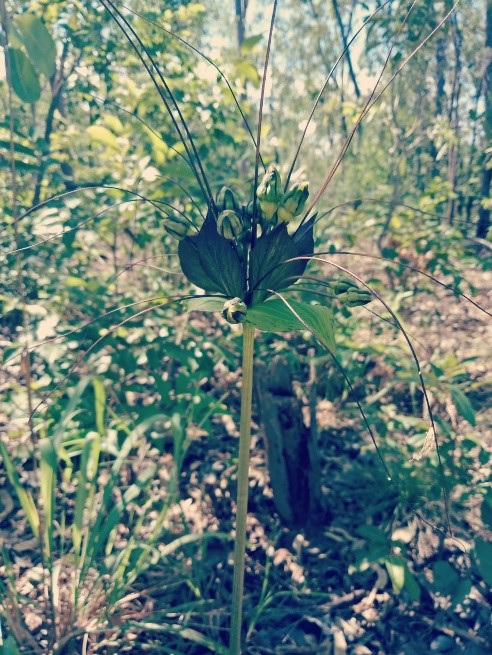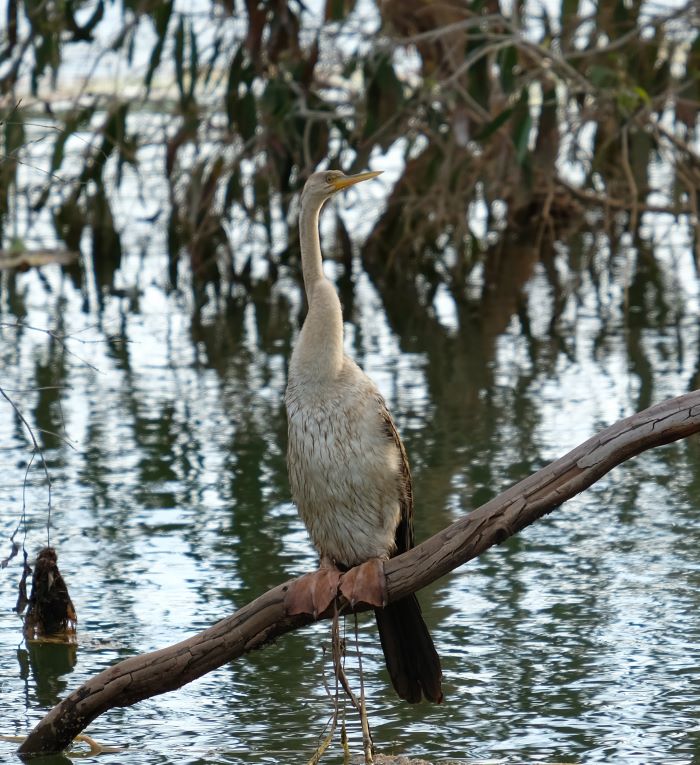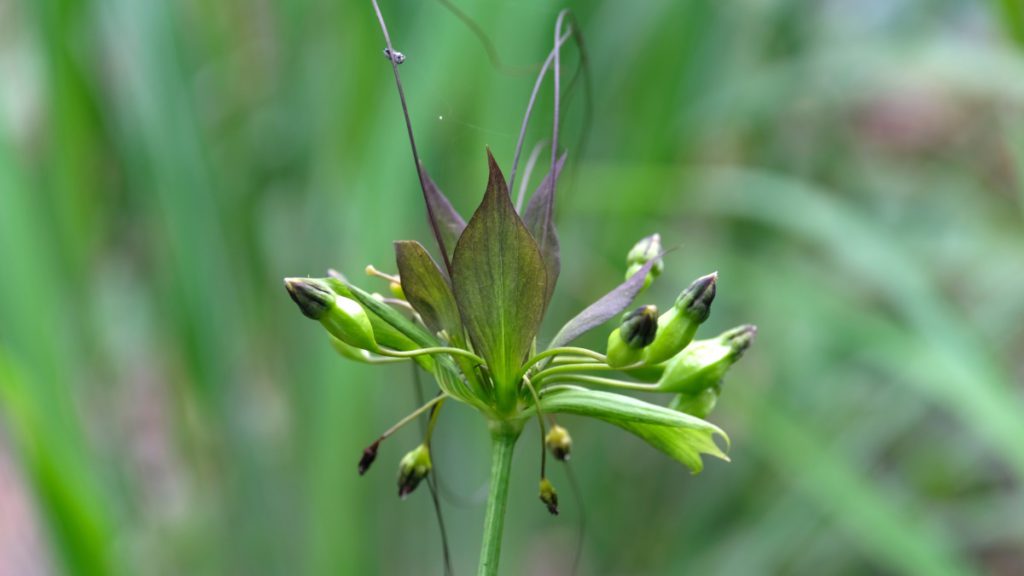
Greetings Friends,
This monthly newsletter (No. 35) includes; Wilderness Walks, VoTE, Poetry and Art, CCR extension, Old-growth trees, Quiz, Plants and Wildlife.
1.0 Wilderness Walks and Bird Walks at Binybara
Wilderness Walks are now being run each week 7am Saturday and 5pm Sunday. The first walk on the 10 Feb managed to record 40 bird species, refer to ebird for latest sightings.
Birdlife Top End ran successful Great Backyard Bird Counts on 16-19 Feb at Binybara.

Varied Eggfly Butterfly from first Wilderness Walk

First Wilderness Walk and a Birdlife Top End Walk.
2.0 Voices of the Top End (VoTE)

A Kitchen Table Conversation at Binybara
VoTE have been out and about having Kitchen Table Conversations (KTC’s) on what matters to people in the Top End. The KTC’s finish this month, check out the VoTE website
The lack of democratic process and transparency on the community/defence housing project at Lee Point/Binybara has made many Darwin residents unhappy and remains controversial.
3.0 Binybara art, CCR extension and old-growth trees
Binybara Poetry and Art
Adam Foster has written a poem called the “Thin Green Line” about Lee Point/Binybara and an art project is underway – closes 17 March 2024, see Lee Point Art Project 2024
Listen to The Thin Green Line by Merillee Mills, audio engineered by Ben Andrews.

Extension of Casuarina Coastal Reserve (CCR) – have your say
The NT Government’s announced plans on the 12 February to extend CCR by 34 hectares and turn CCR into a National Park – see map below, and has invited submissions. Unfortunately this will not prevent over half the old-growth trees being lost from the Lee Point peninsula. FLP believe that the community needs a say on the whole of Lee Point peninsula.
Have your say on the 34ha proposal – submissions close Monday 22 April 2024.

34 hectare CCR extension (green), defence land (white line), old-growth trees/tree hollows (yellow)
The proposed 34-hectare extension to CCR provides, among other things, an important buffer to an internationally significant migratory shorebird site.

Eastern Curlew with Great Knots at Lee Point – both are critically endangered.
Migratory shorebirds leave Lee Point for the Arctic Circle eg. Siberia in Mar/April and return in Aug/Sept. They are under threat, ABC footage from Lee Point explains why.
A Farewell Shorebirds event has been planned for 9 March at Lee Point. Come and see these amazing birds.
Old-growth trees
Last month we mentioned that the two largest/oldest savanna trees found in a FLP survey of approx 2400 old-growth trees in the Darwin region were located on the Lee Point peninsula.
Sadly, the second largest one, a Stringybark (probably over 400 years old) with an 84cm diameter trunk, now appears to have succumbed to damage from a fire in August 2023. The fire damage was made a lot worse by Gamba Grass near its trunk.
Gamba Grass has become a major problem on the Lee Point peninsula in the last few years. While recent efforts have reduced Gamba Grass in certain areas, a coordinated approach across the whole of Lee Point peninsula is needed to get rid of it.

Before the August 2023 fire and a few weeks after the fire.
Tree hollows are important to wildlife and the defence land contains over half the tree hollows (old-growth trees) on the Lee Point peninsula – see map above. Approximately 10-15% of tree hollows have already been lost from the Lee Point peninsula with the clearing of Stage 1 and part clearing of Stage 2.
Bulldozing of Stage 2 could take place in early April 2024. Take Action
4.0 Quiz
This plant is in the yam family and is commonly seen this time of year. Do you know its name? Answers at the end.

5.0 Plants and Wildlife

Freshwater habitat south of Lee Point Dam

Scarlet-flowered Bloodroot (Haemodorum coccineum)

Black-spotted Flash (Hypolycaena phorbas)

Australian Darter at Lee Point Dam – it might have just had dinner.

New species of stick insect? – Image from NT Field Naturalist’s Newsletter Feb 2024
This may be a new species of Stick Insect!! It was recorded by James Phang on 1 Feb 2024 at Lee Point and has local naturalists excited. If this was a bird or mammal people would be jumping on the first plane to Darwin to see it.
Enjoy the wet season.
Answers to Quiz
Its scientific name isTacca leontopetaloides

This plant has highly variable leaves and quite a few common names (which is confusing), Polynesian Arrowroot may be the most common. The name “Bat Flower” refers to another species Tacca chantrieri.
We call it a “Tacca” after its genus name. Knowing the genus name can be very helpful in learning about a plant even if you are not sure of the species.
Some useful references for native plants and bush food at Lee Point/Binybara;
- Native Plants of Northen Australia by John Brock.
- AN-ME ARRI-NGUN – The Food We Eat – Traditional plant foods of the Kundjeyhmi of Kakadu National Park by Gary Fox and Murray Garde.